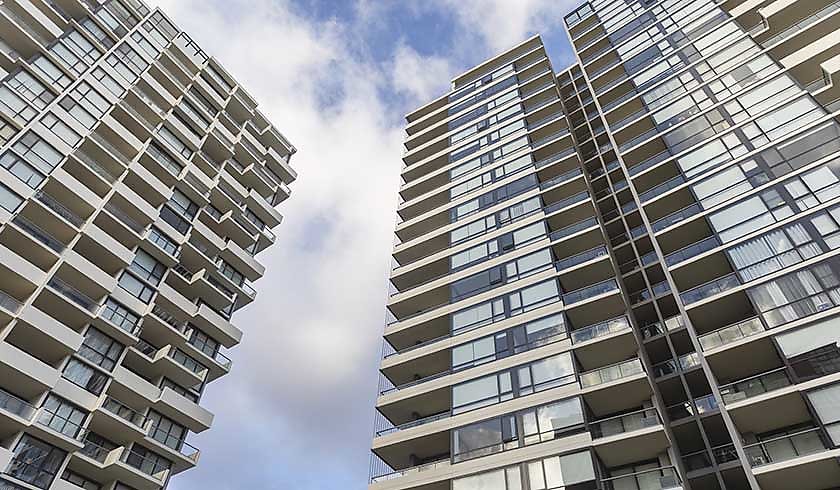High-density building booms across Australia
High-density building is racing ahead of detached house construction, showing that Australians are increasingly embracing apartment living for a number of reasons.

According to the latest figures from Master Builders Australia, 56 per cent of the 240,000 new dwellings under construction at the end of March were higher density.
You’re out of free articles for this month
To continue reading the rest of this article, please log in.
Create free account to get unlimited news articles and more!
Chief economist for the association Shane Garrett said that higher density home commencements soared by 44.8 per cent during the quarter, and could be thanks for the overall rise in new home build starts, which were up 14 per cent in the first three months of 2023.
“The sharp increase in higher density home building and public sector home building is desperately needed at a time of severe rental accommodation shortages.
Mr Garrett noted, however, that it was “disappointing” to see the number of new detached house starts drop by 5.5 per cent over the same period.
And he flagged that even with activity increasing, Australia was still falling behind where it needed to be to accommodate the nation’s housing needs.
“The figures show around 175,000 new homes were completed across Australia over the year to March 2023, which is expected to house about 440,000 people across the country. This is still falling short of the 200,000 homes needed per year,” Mr Garrett said.
There could be a number of reasons why higher density housing is increasingly being embraced by Australians, including the affordability factor that comes into play when comparing costs for apartment living over maintaining a freestanding home. At a time when cost-of-living pressures are forcing many people to re-evaluate their spending, a lower-maintenance home in close proximity to things like work and amenities is coming out on top of the recently-held desire for a backyard and more space.
Master Builders Australia CEO Denita Wawn said that while the increase in higher-density building was positive, it shouldn’t detract from the fact that there’s a lot more work to be done, particularly in the realm of social housing.
Master Builders’ figures showed that over 4,200 new public sector homes were under construction at the close of March, almost the largest number in 15 years.
Ms Wawn said state and federal governments were “to be commended on their efforts to prioritise social and affordable housing,” but that it was time to “pull out all the stops.”
“That’s why it’s vital the Housing Australia Future Fund legislation is passed as quickly as possible,” she said, echoing the pleas of housing advocates issued late last month.
“Building enough of the new homes we need is difficult against the backdrop of rising interest rates, high costs, and hesitant demand. Any unfavourable changes to the rules and regulations that apply to home builders magnify these challenges even further,” Ms Wawn noted.
“Governments must make it easier, not harder, for our industry to do its job effectively and actively pursue productivity boosting policies,” she added.
